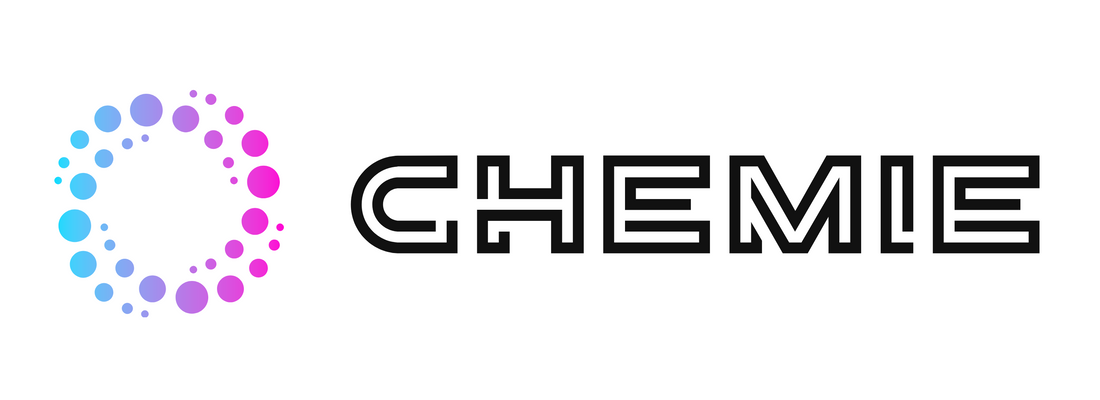Chemie Can Be Fun For Anyone
Chemie Can Be Fun For Anyone
Blog Article
The Facts About Chemie Uncovered
Table of ContentsThe 9-Minute Rule for ChemieAll about ChemieHow Chemie can Save You Time, Stress, and Money.Getting The Chemie To WorkThe smart Trick of Chemie That Nobody is Talking AboutThe Basic Principles Of Chemie
By Bojanna Shantheyanda, Sreya Dutta, Kevin Coscia and David SchiemerDynalene, Inc. Fluid cooling, which can be achieved utilizing indirect or straight ways, is used in electronic devices applications having thermal power thickness that might exceed secure dissipation with air cooling. Indirect liquid cooling is where heat dissipating electronic components are physically divided from the fluid coolant, whereas in case of direct air conditioning, the parts remain in straight contact with the coolant.Nevertheless, in indirect air conditioning applications the electric conductivity can be vital if there are leaks and/or spillage of the fluids onto the electronic devices. In the indirect cooling applications where water based fluids with corrosion preventions are generally utilized, the electric conductivity of the liquid coolant generally relies on the ion focus in the fluid stream.
The boost in the ion concentration in a shut loophole liquid stream might occur because of ion leaching from metals and nonmetal elements that the coolant liquid is in contact with. Throughout procedure, the electric conductivity of the liquid might boost to a level which can be hazardous for the air conditioning system.
Little Known Questions About Chemie.
(https://www.goodreads.com/user/show/186204644-bette-anderson)They are grain like polymers that can trading ions with ions in an option that it is in contact with. In today job, ion leaching examinations were carried out with numerous metals and polymers in both ultrapure deionized (DI) water, i.e. water which is treated to the highest degree of purity, and reduced electric conductive ethylene glycol/water combination, with the determined modification in conductivity reported gradually.
The samples were permitted to equilibrate at room temperature level for two days before recording the preliminary electric conductivity. In all tests reported in this research study liquid electrical conductivity was gauged to an accuracy of 1% making use of an Oakton CON 510/CON 6 collection meter which was calibrated prior to each measurement.
The Best Strategy To Use For Chemie
from the wall surface heating coils to the center of the heating system. The PTFE sample containers were placed in the heating system when constant state temperatures were reached. The test arrangement was gotten rid of from the heating system every 168 hours (seven days), cooled to room temperature with the electric conductivity of the fluid determined.
The electrical conductivity of the liquid sample was kept an eye on for a total amount of 5000 hours (208 days). Number 2. Schematic of the indirect shut loop cooling experiment set-up - high temperature thermal fluid. Table 1. Components used in the indirect closed loophole cooling experiment that are in contact with the liquid coolant. A schematic of the experimental configuration is revealed in Number 2.

Some Known Details About Chemie
The modification in fluid electrical conductivity was checked for 136 hours. The liquid from the system was accumulated and stored.

0.1 g of Dowex material was included in 100g of fluid samples that was absorbed a separate container. The mixture was mixed and change in the electric conductivity at space temperature level was gauged every hour. The measured modification in the electrical conductivity of the UP-H2O and EG-LC test liquids containing polymer or metal when involved for 5,000 hours at 80C is shown Number 3.
The 20-Second Trick For Chemie
Figure 3. Ion seeping experiment: Measured change in electrical conductivity of water and EG-LC coolants including either polymer or steel examples when immersed for 5,000 hours at 80C. The outcomes show that steels added fewer ions right into the liquids than plastics in both UP-H2O and EG-LC based coolants. This might be due to a thin metal oxide layer which might function as a barrier to ion leaching and cationic diffusion.
Fluids having polypropylene and HDPE displayed the most affordable electrical conductivity modifications. This could be because of the brief, inflexible, straight chains which are much less likely to add ions than longer branched chains with weak intermolecular pressures. Silicone likewise executed well in both examination liquids, as polysiloxanes are usually chemically inert as a result of the high bond energy of the silicon-oxygen bond which would certainly stop deterioration of the product into the liquid.
Chemie Fundamentals Explained
It would be expected that PVC would generate comparable outcomes to those of PTFE and HDPE based on the similar chemical frameworks of the products, nevertheless there might be other contaminations existing in the PVC, such as plasticizers, that may influence the electrical conductivity of the liquid - heat transfer fluid. In addition, chloride groups in PVC can also leach into the test liquid and can create a rise in electric conductivity
Polyurethane completely disintegrated right into the test fluid by the end of 5000 hour test. Before and after images of steel and polymer examples immersed for 5,000 hours at 80C in the ion leaching experiment.
Measured modification in the electrical conductivity of UP-H2O coolant as a feature of time with and without material cartridge in the closed indirect air conditioning loop experiment. The determined change in electrical conductivity of the UP-H2O for 136 hours with and without ion exchange material in the loop is displayed in Figure 5.
Report this page